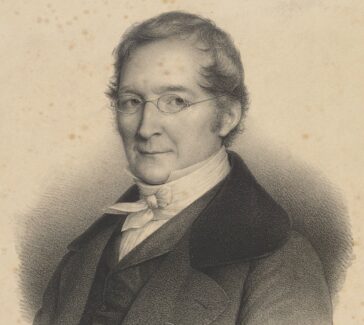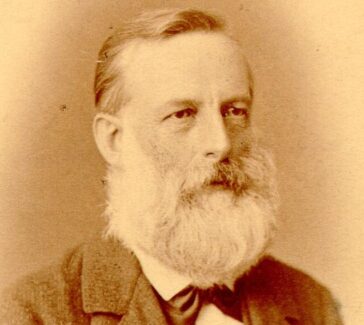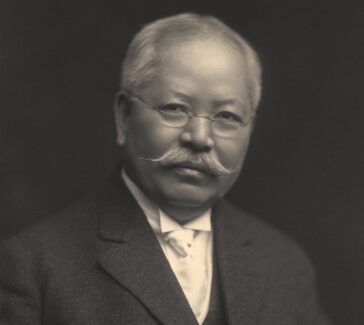Amedeo Avogadro
Avogadro correctly hypothesized that equal volumes of gases, at the same temperature and pressure, contain equal numbers of molecules.
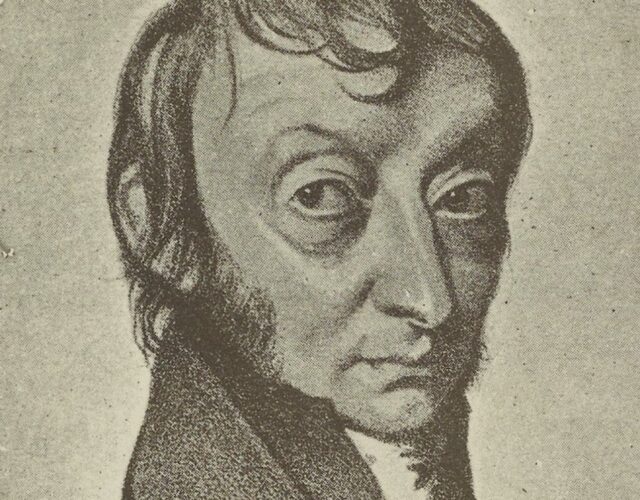
In 1811 Avogadro put forward a hypothesis that was neglected by his contemporaries for years. Eventually proven correct, this hypothesis became known as Avogadro’s law, a fundamental law of gases.
The contributions of the Italian chemist Amedeo Avogadro (1776–1856) relate to the work of two of his contemporaries, Joseph Louis Gay-Lussac and John Dalton. Gay-Lussac’s law of combining volumes (1808) stated that when two gases react, the volumes of the reactants and products—if gases—are in whole number ratios. This law tended to support Dalton’s atomic theory, but Dalton rejected Gay-Lussac’s work. Avogadro, however, saw it as the key to a better understanding of molecular constituency.
Avogadro’s Hypothesis
In 1811 Avogadro hypothesized that equal volumes of gases at the same temperature and pressure contain equal numbers of molecules. From this hypothesis it followed that relative molecular weights of any two gases are the same as the ratio of the densities of the two gases under the same conditions of temperature and pressure.
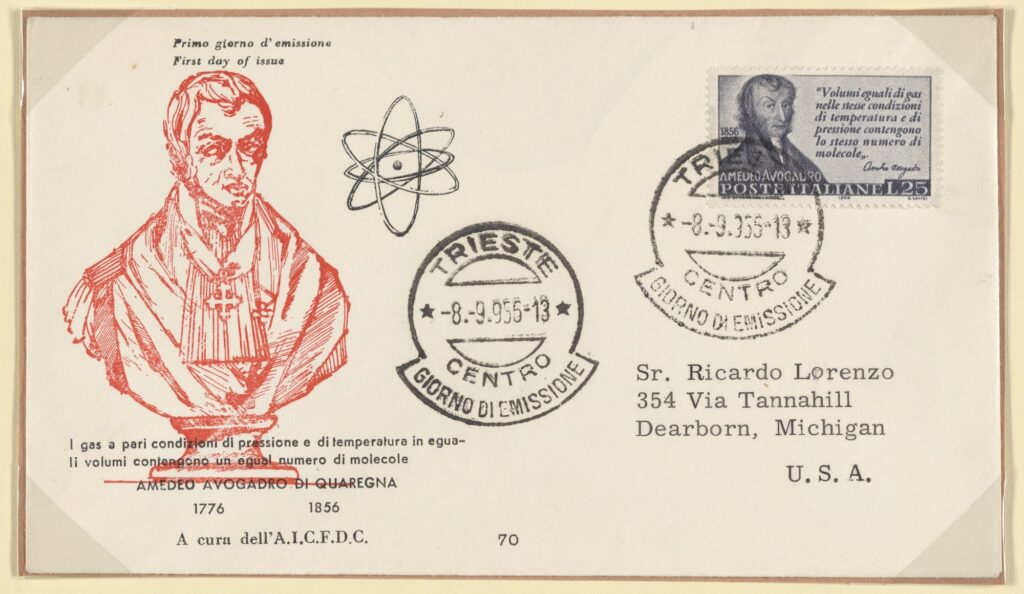
Avogadro also astutely reasoned that simple gases were not formed of solitary atoms but were instead compound molecules of two or more atoms. (Avogadro did not actually use the word atom; at the time the words atom and molecule were used almost interchangeably. He talked about three kinds of “molecules,” including an “elementary molecule”—what we would call an atom.) Thus Avogadro was able to overcome the difficulty that Dalton and others had encountered when Gay-Lussac reported that above 100°C the volume of water vapor was twice the volume of the oxygen used to form it. According to Avogadro, the molecule of oxygen had split into two atoms in the course of forming water vapor.
Curiously, Avogadro’s hypothesis was neglected for half a century after it was first published. Many reasons for this neglect have been cited, including some theoretical problems, such as Jöns Jakob Berzelius’s “dualism,” which asserted that compounds are held together by the attraction of positive and negative electrical charges, making it inconceivable that a molecule composed of two electrically similar atoms—as in oxygen—could exist. In addition, Avogadro was not part of an active community of chemists: the Italy of his day was far from the centers of chemistry in France, Germany, England, and Sweden, where Berzelius was based.
Personal Life
Avogadro was a native of Turin, where his father, Count Filippo Avogadro, was a lawyer and government leader in the Piedmont (Italy was then still divided into independent countries). Avogadro succeeded to his father’s title, earned degrees in law, and began to practice as an ecclesiastical lawyer. After obtaining his formal degrees, he took private lessons in mathematics and sciences, including chemistry. For much of his career as a chemist he held the chair of physical chemistry at the University of Turin.

